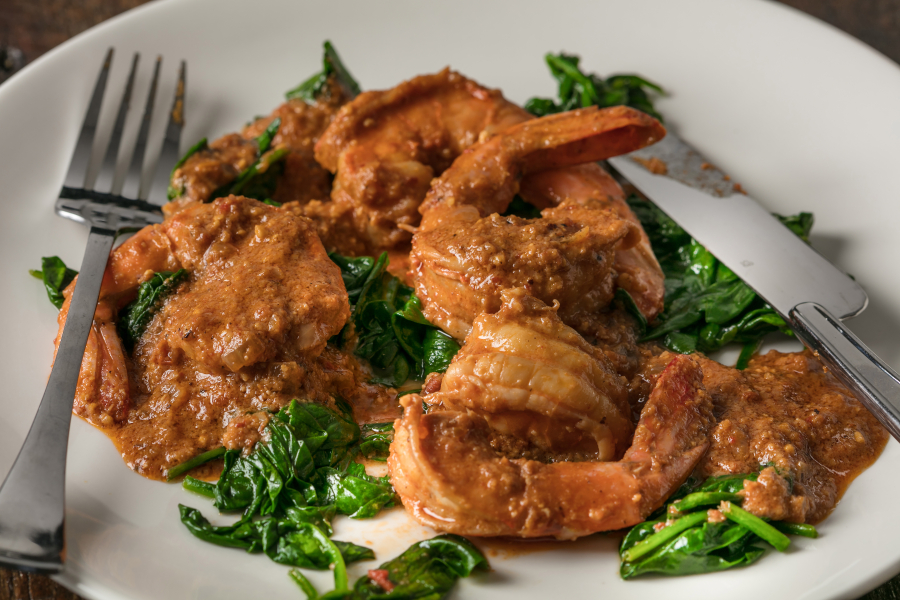As memorably as I’ve eaten away from home over the years, there’s no restaurant, anywhere, that calls to me like Zuni Cafe in San Francisco, where for four glorious years in the 1990s I covered the food scene for the San Francisco Chronicle.
Back then, if there was an occasion to celebrate, the beloved Civic Center fixture, drenched in sunlight by day and a honeyed glow by night, was where I always wanted to raise a glass. If I needed a pick-me-up, the restaurant, whose wood fire could be smelled at least a block away, was where I tended to gravitate (always downstairs, near the copper-topped bar or close to the oven). There’s great pleasure, and solace, to be had in a platter of perfectly shucked local oysters, or a crackling roast chicken splayed on a tangy-crunchy bread salad, or a margarita that has no peer.
Judy Rodgers, Zuni’s longtime minder and chef, is mostly to thank for the many fond memories. Before she died in 2003, too young at 57, she wrote “The Zuni Cafe Cookbook” (2002, W.W. Norton). Of the hundreds of cookbooks on my shelves at home, hers would be the first one I’d reach for in a fire. Not only is it a scrapbook of sorts of a time and place I cherish, it’s also a master class in how and why good cooks do what they do.
Check out Rodgers’ recipe for Caesar salad. She devotes three pages to it.
If that strikes you as too much, keep in mind that the introduction goes into exquisite detail about what makes it the menu’s best seller. Cooks at Zuni Cafe refer to the salad station as “Caesar’s Palace,” and it’s there that they learn the trick to perfecting a classic: “top-notch ingredients, freshly prepared,” notes Rodgers, a true Californian, in the headnotes. “If you use a lesser cheese, or grate it too soon, you will get a different salad. If you squeeze the lemon juice ahead of time, it will have little or no fragrance. If the eggs are not particularly fresh, or you beat them into the dressing too far in advance, the dressing will not have body.”



